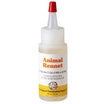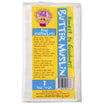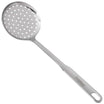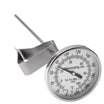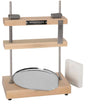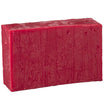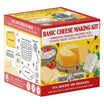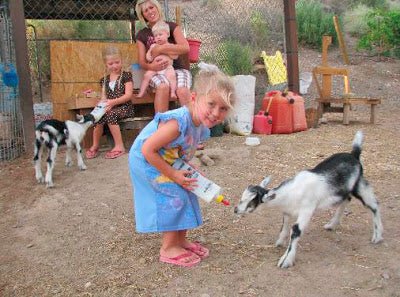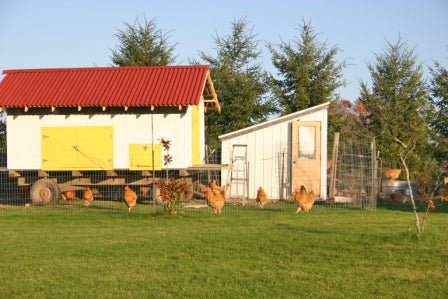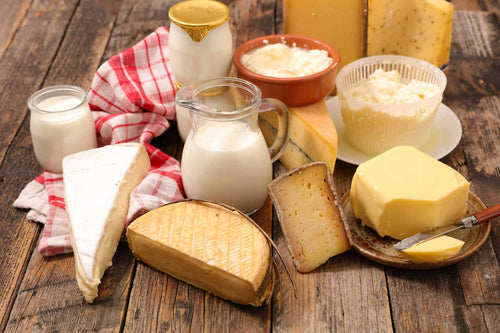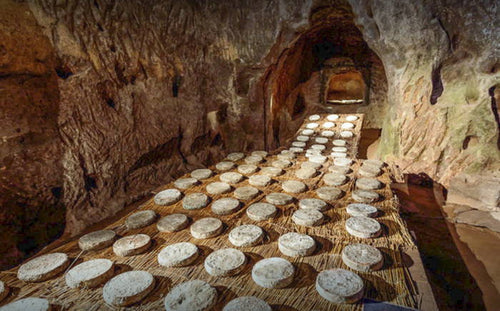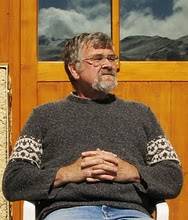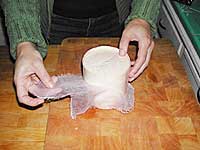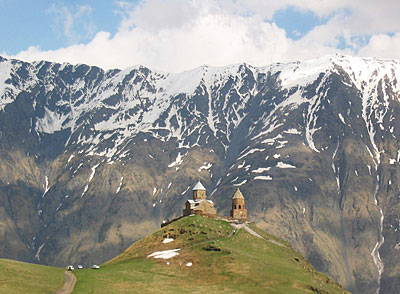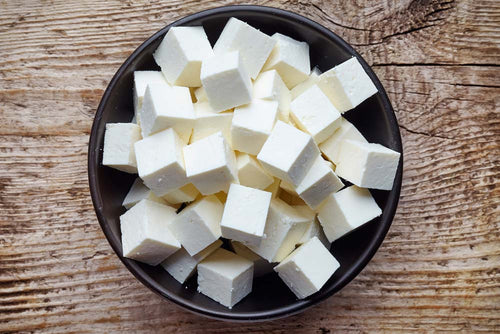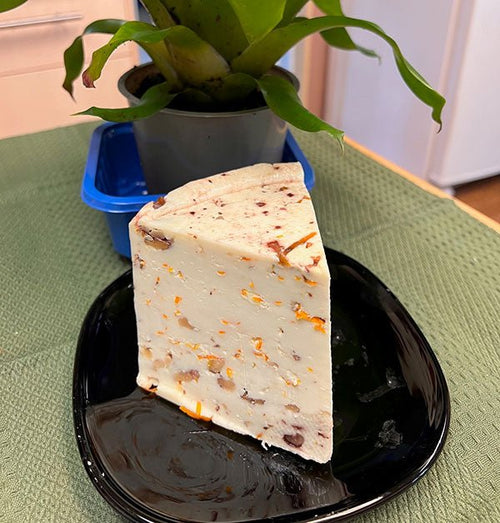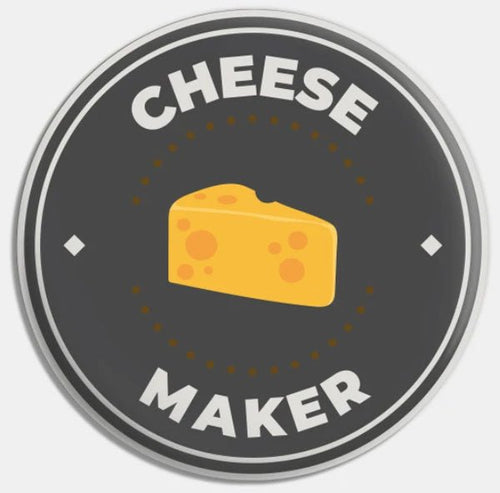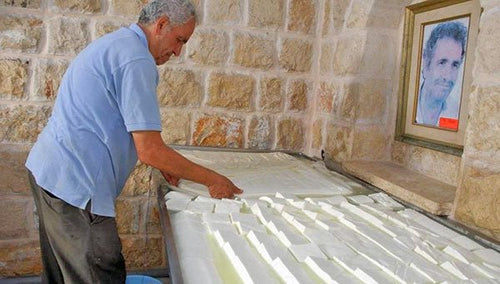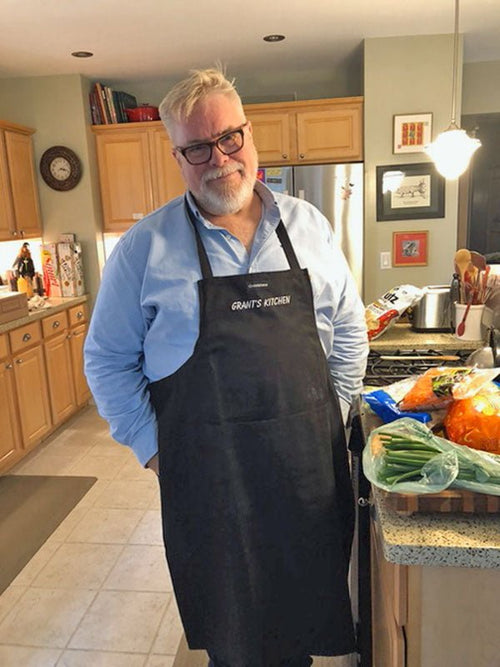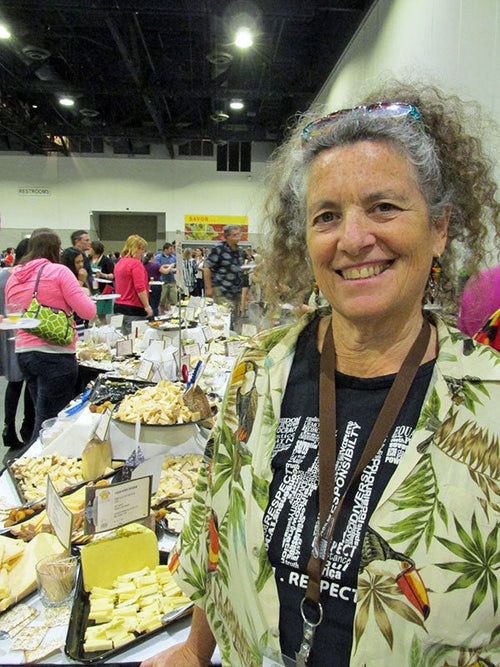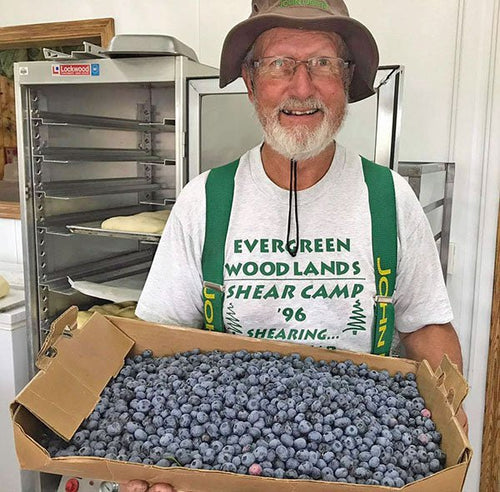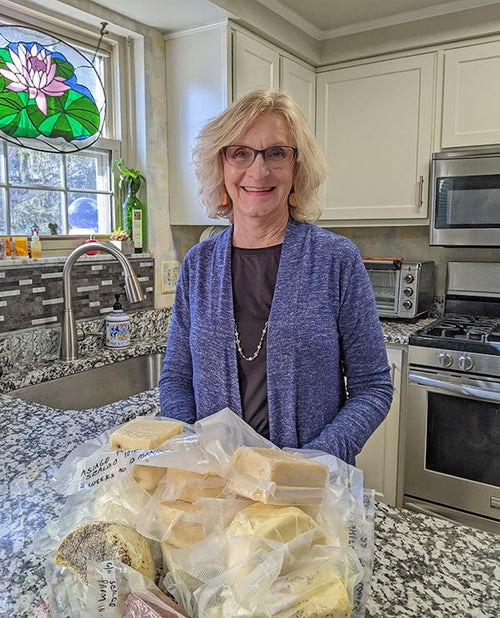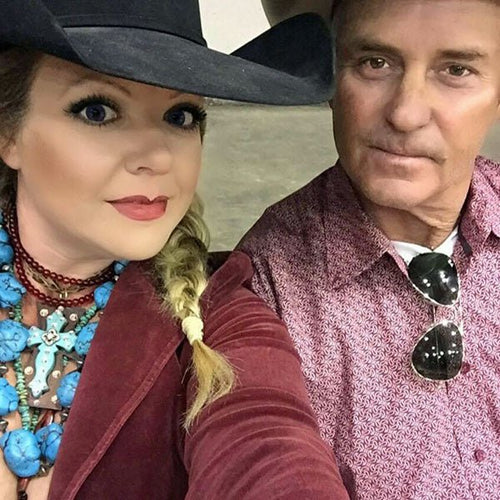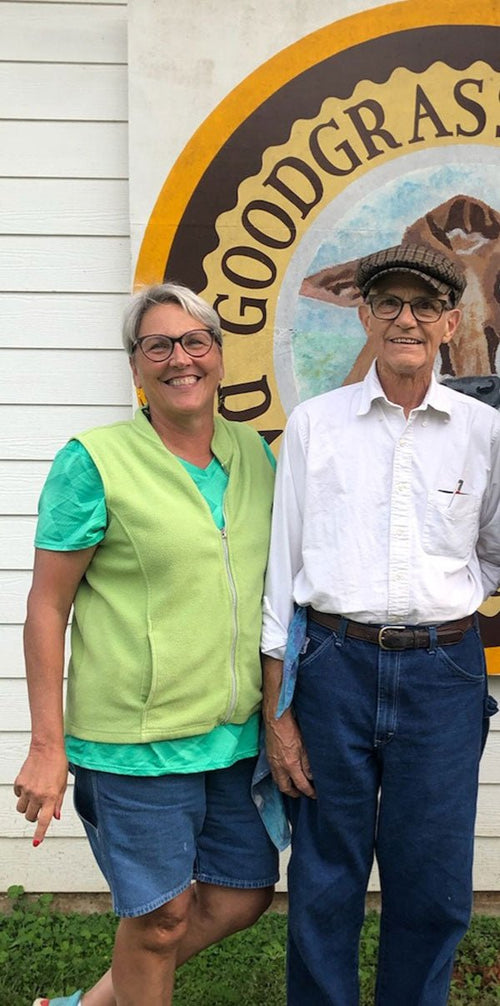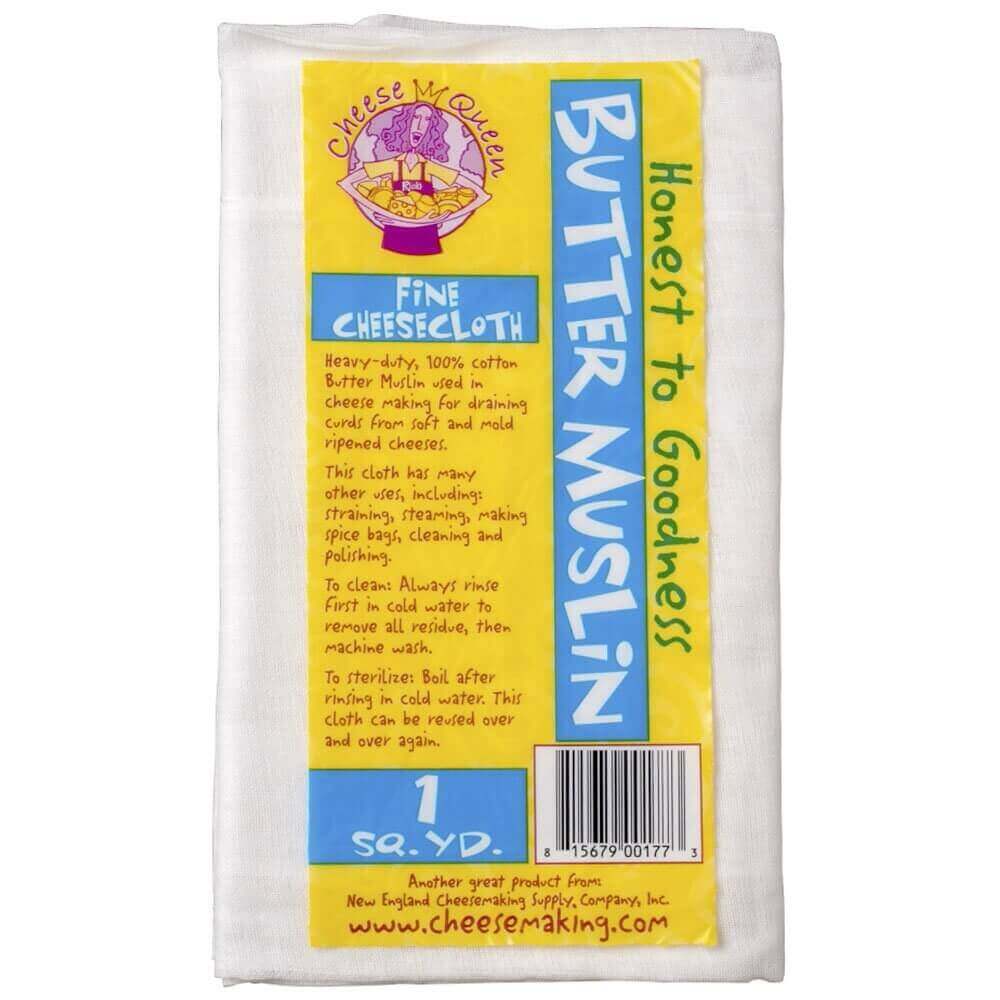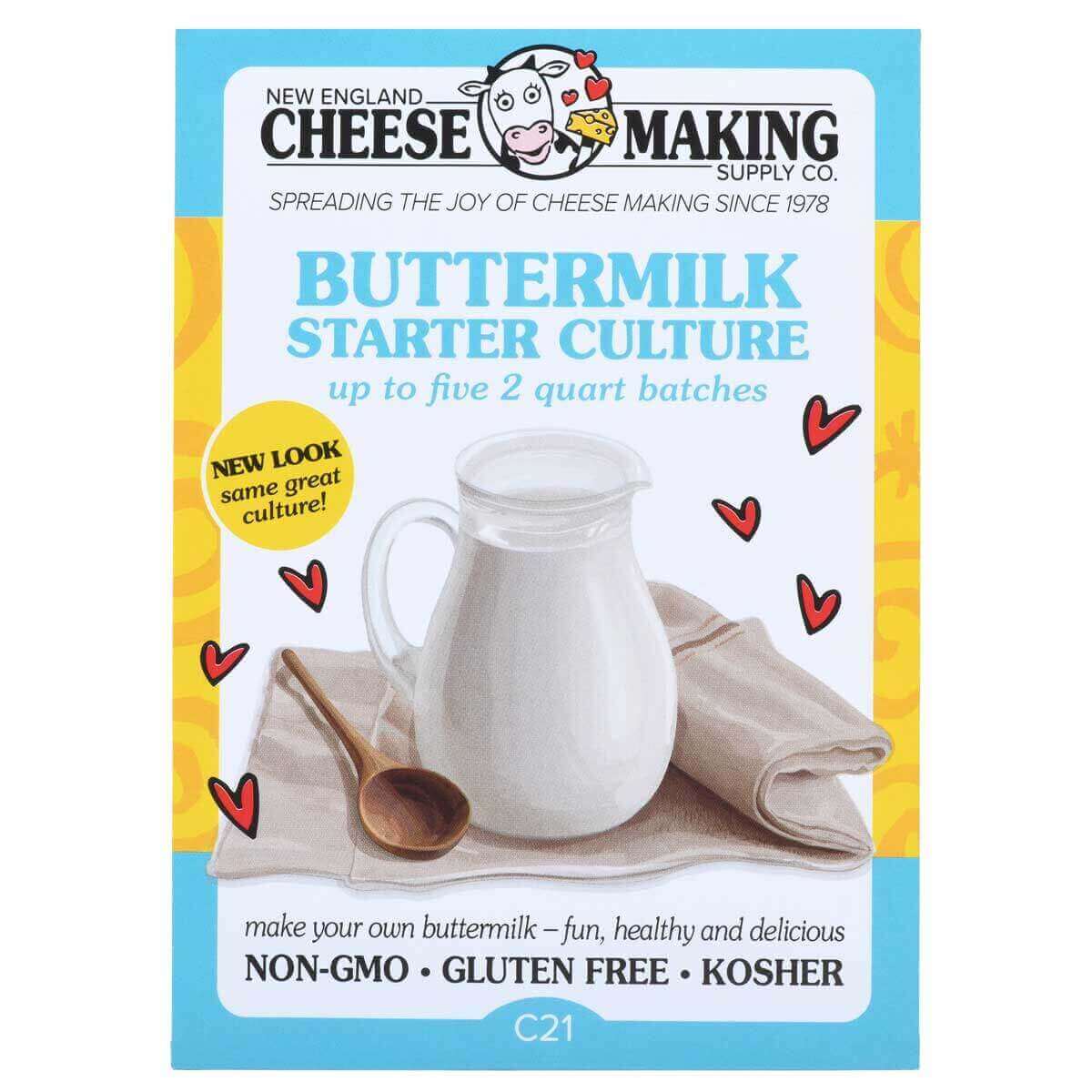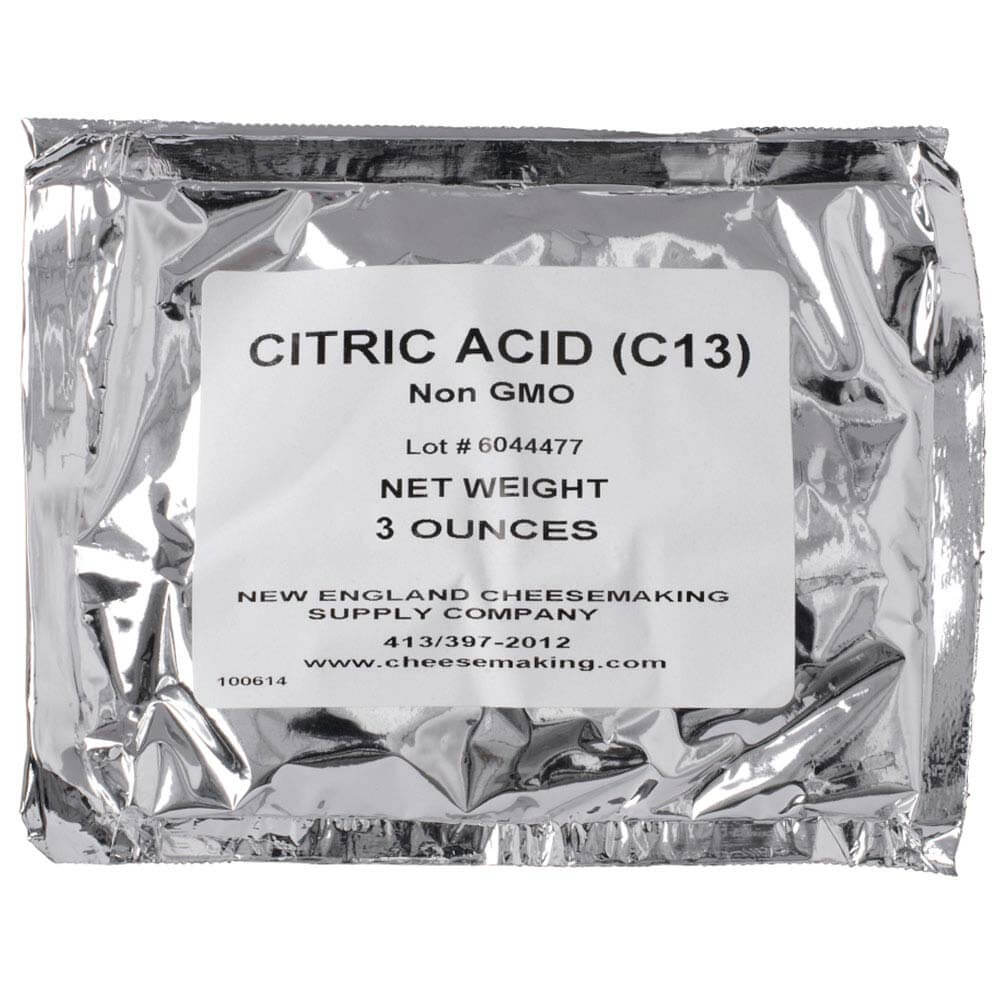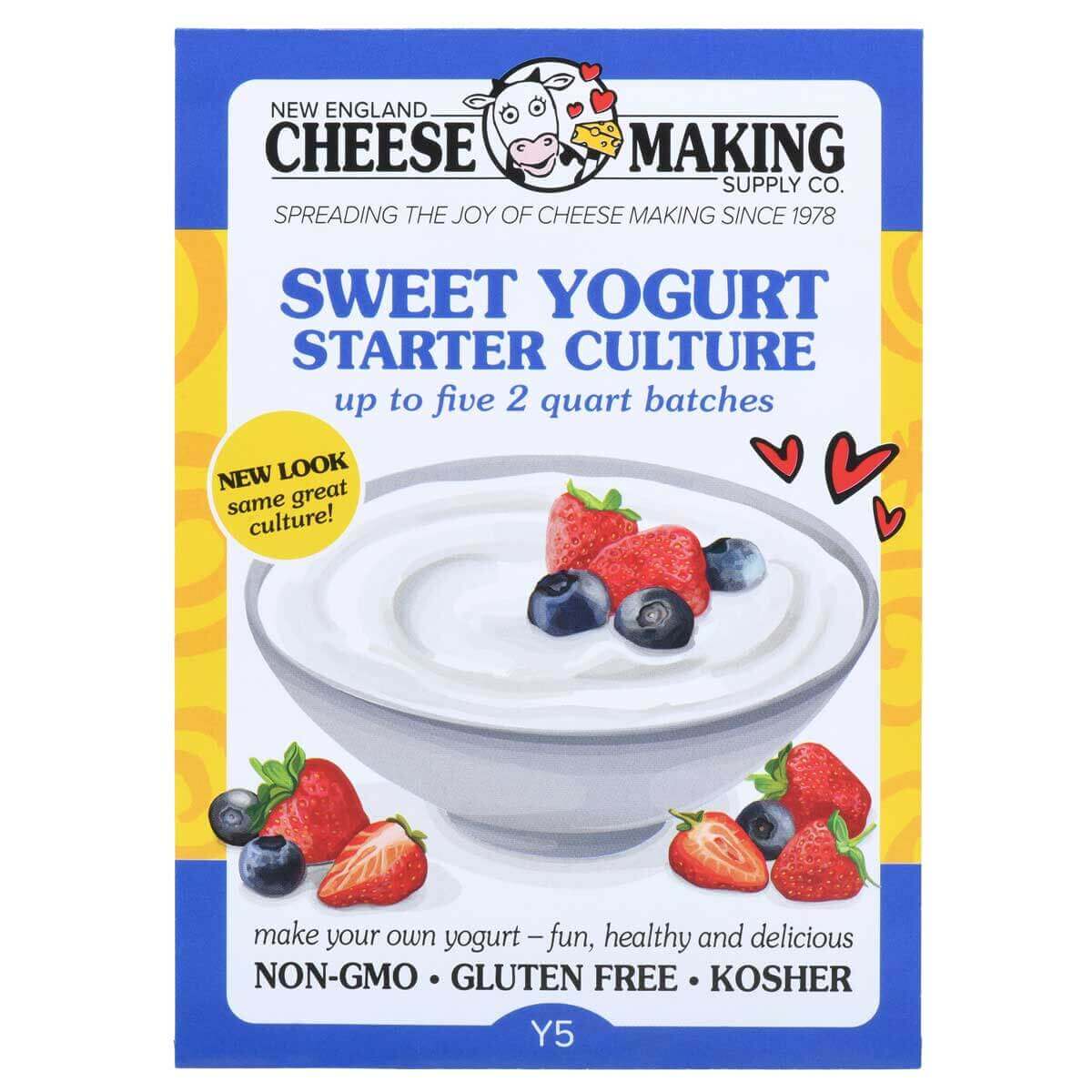She’s made every cheese in our book!
Sandie McDonald began making cheese in 1981 and she has been ordering supplies from us ever since. Her copy of our book (Home Cheese Making) is so old, it has the original name- Cheesemaking Made Easy!
Now Sandie is teaching classes out of her home (Midden Meadows Farm) in Langlois, Oregon. That is, when she isn’t running her business- Wild Rivers Wool. Sandie works 12 -14 hour days, processing about 10 lb. of raw animal fiber every day of the week.
She has 40 head of purebred Shetland sheep on her 32 acre farm on the southern coast of Oregon, 15 miles south of Bandon. With the sheep, she has one baby alpaca, chickens and fruit trees. At one time, she had goats, but she says:
We declared the farm a “No Goat Zone” in 1990. I love goats, but they are smart, unlike sheep, and the joke around here is, “What does GOAT stand for? Gets Out All the Time.”
Sandie and her husband have three daughters and 4 grandchildren, so far. Their youngest daughter is 17.
 |
| Sandy teaching a workshop. |
How did you get started making cheese?
Well, my 10 year old daughter joined 4H, and brought home a 4 month old “chain animal” purebred registered Jersey heifer calf. We were required to breed her and return a heifer calf to the “chain animal” program. When a cow gives birth, especially a milk cow, all of a sudden there’s all this milk.
I have to tell you the conversation between my aunt and myself when we acquired this tiny sweet little deerlike baby animal. She asked me “What are you going to do with all that milk?” (She’d grown up in the post depression era, on a dairy farm, hand milking 6 animals before going to school every morning.) I enthused, “We’re going to make butter, and ice cream, and cheese…” She replied dryly, “Yeah? And what are you going to do the NEXT day?”
It turned out that cheesemaking became my sole recreation. I was working full time 10 hours away from home as a legal secretary, I’d get up, milk the cow, make a cheese, go to work, come home, milk the cow, make a cheese, and go to bed. That was the beginning.
What kind of cheese did you make back then?
When I had the milk cow, I made everything in Ricki’s book, plus called them on how to make provolone and some others that weren’t in the book.
I made my own blue version using cultures from the original old Langlois Blue Cheese Factory that was here till the late 1960’s… the culture is alive and well in Wisconson, (Maytag brand) so we can get more when we need it.
I think my favorite cheese I ever made was the best Parmesan I ever tasted. It took 6 months of careful babysitting, but it was SO worth it.
Oh, and since I run sheep, I did make one sheep cheese, but I don’t have milking machines and milking non-dairy breed sheep is… not easy.
 |
| Fresh cow’s milk cheeses |
What kind of cheese are you making now?
These days, without a milk cow, having to purchase unhomogenized cow’s milk from local producers that live an hour’s drive from my farm, I usually make a fresh cheddar, and if we’re really feeling frisky, ricotta afterward.
Everyone loves the squeak of the fresh cheddar, and since new green cheese* is such a novelty to people, it doesn’t last long enough to make it to a refrigerator or to need any long term babysitting.
 |
| Fresh goat’s milk cheeses |
I also make fresh goat cottage cheese at the request of the local organic goat dairy, when they have too much excess milk. I have an agreement with them, 3 gallons of milk come over, half the cheese goes back.
And they also request the whey when I’m too rushed to make ricotta too. They use it in their garden.
I will never have a cow again although I keep contemplating a milk goat. I’m 57, and have two separate shoulder injuries, one sustained when I was 34, and the other more recently, so milking a cow is out of the question without machinery, and where’s the fun in that? I loved milking.
 |
| Literature laid out before a workshop |
Do you have any advice for new cheese makers?
Buy Ricki’s book. It’s how I learned.I also have a list of things to purchase from your catalog that I hand out to them.
Start SIMPLE. Make one kind of cheese over and over for a while. And unless you have a milk animal, be prepared to spend a lot of money for just a little cheese, because it’s not cost effective to make cheese unless you have free or very inexpensive milk.
 |
| Supplies ready for a workshop |
I emphasize you can’t be clean enough. Boil things, use bleach, wash hands, etc.
Here’s my shopping list: Ricki’s book (Home Cheese Making), good thermometer (grocery store ones are inaccurate), the mesophilic and thermophilic cultures, the liquid vegetable rennet (organic or not, both are great), basic kit mold, and ALSO the “disposable” ricotta molds, because you will need to be making small cheeses to give away to people for the rest of your life, and these are great for that. I usually advise people to hunt and gather the rest of what they need, to look around their house, they usually have the other things they need.
What kind of classes are you teaching?
I usually run a 2 hour cheese class, we dive right in and introduce the culture and the rennet, then I talk about cheese making in general, hand out your catalogs, give people an idea of what I think they should purchase if they want to do this again.
Then, we cut the curd, taste the curds and whey, discuss whether or not there really was a spider that little Miss Muffet saw, or if she just wanted to avoid eating her curds and whey… then we salt the curds by hand. We discuss what to do with the whey while salting.
Usually someone wants to take it home and try making ricotta, so I give it away (I’m pretty busy). Then, as you see, we taste the new pressed cheese thoroughly.
I hurry the process of course, all the way through, to keep people’s interest, and to keep the class to 2 hours. It makes a great moist squeaky fresh cheddar.
You may note in the photo of the fresh cheese that I pressed 1/2 using a piece of cheese cloth, and 1/2 using just the ricotta mold, to show how to get decorative effects on the outside of cheese, and how to create a smooth exterior suitable for keeping for several months after waxing.
 I have two separate types of cheese class, one is a demo, where I simply lecture and do it all while they watch, the other is hands on. Usually I require each student to bring his/her own equipment (I furnish a list), milk, etc., so there is no danger of cross contamination, health wise.
I have two separate types of cheese class, one is a demo, where I simply lecture and do it all while they watch, the other is hands on. Usually I require each student to bring his/her own equipment (I furnish a list), milk, etc., so there is no danger of cross contamination, health wise.
This particular class was given to a weaving/spinning guild, so I furnished the equipment and we made two cheeses, one with store homogenized milk, and one with pasteurized local goat’s milk. We used mesophilic bacteria culture and liquid vegetable rennet. As you can see from the photos, everyone enjoyed eating the fresh cheese. A good time was had by all.
 |
| The best part of any workshop is tasting the results. |
How do you advertise your classes?
We advertise our classes through my business, Wild Rivers Wool Factory, Inc. (wildriverswool.com) and through word of mouth. There’s no schedule, we arrange the classes around the students’ needs. Have kettle, will travel.
* Archaic (apparently!) term for new cheese, cheese that hasn’t been aged, although it is of a variety that is intended to be made. Ever hear the expression “the moon is made of green cheese”? Green would be the euphemism for “unripe” in this case. A cheese is green until it’s ripened by the bacteria culture introduced while making it.
















